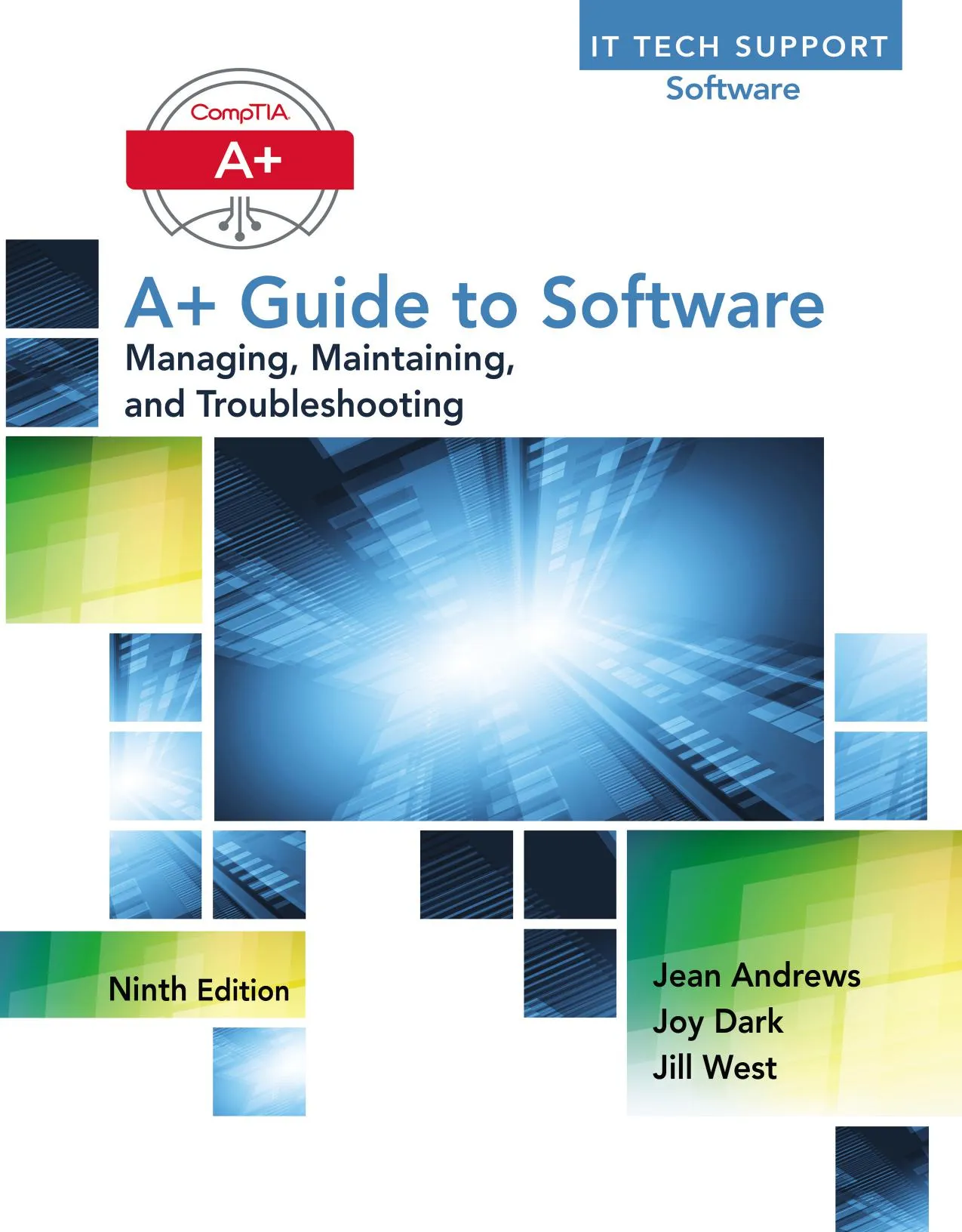Automated Software Engineering
4.3
Reviews from our users

You Can Ask your questions from this book's AI after Login
Each download or ask from book AI costs 2 points. To earn more free points, please visit the Points Guide Page and complete some valuable actions.Related Refrences:
Analytical Summary
The opening pages of Automated Software Engineeringpp.1—2 lay a precise intellectual foundation for understanding how automation reshapes the software engineering landscape. With an authoritative yet accessible narrative, the material bridges the gap between theory and applied innovation, appealing to academics, researchers, and industry professionals alike.
By synthesizing concepts that span intelligent code analysis, knowledge-based systems, and adaptive algorithms, the authors underscore the growing necessity of automation in both small and large-scale software projects. These first sections contextualize the evolution of automated techniques against the backdrop of traditional engineering practices, allowing readers to appreciate the maturity and sophistication the field has attained.
Although information about specific publication dates, edition history, or accolades is unavailable due to the absence of reliable public sources, the introductory chapters still serve as a timeless reference point. They capture the essence of a discipline that continues to expand alongside emerging technologies such as machine learning and natural language processing in software engineering.
Key Takeaways
From the rich opening content of Automated Software Engineeringpp.1—2, readers can distill several actionable insights relevant to contemporary development environments.
First, automation is positioned not as a replacement for human expertise, but as a strategic augmentation that enhances precision, efficiency, and scalability. Second, intelligent tooling integrates seamlessly with human decision-making, offering data-driven support without undermining creativity. Third, the fusion of machine learning with software engineering practices yields adaptive solutions capable of evolving alongside rapidly changing requirements.
Finally, the text reinforces the importance of cross-disciplinary collaboration, ensuring that experts from computer science, project management, and user experience design work cohesively to deploy automated systems responsibly.
Memorable Quotes
Automation should be regarded as a collaborative partner in achieving engineering excellence, not merely a means to save time and cost. Unknown
The complexity of modern systems demands solutions that can learn, adapt, and evolve in tandem with human ingenuity. Unknown
Why This Book Matters
Automated Software Engineeringpp.1—2 is more than an academic text; it is a gateway to understanding the strategic role automation plays in shaping future software ecosystems.
Given the accelerating pace of technological change, mastering automation concepts equips practitioners with a resilient toolkit to navigate complexity and maintain competitive advantage. The book's balanced coverage of conceptual frameworks, paired with practical implications, ensures that it remains relevant for stakeholders seeking sustainable innovation.
While detailed historical context is limited—information unavailable due to the lack of verified sources—the enduring applicability of the principles discussed makes this work a valuable addition to both academic libraries and corporate training programs.
Inspiring Conclusion
The journey through the initial chapters of Automated Software Engineeringpp.1—2 offers a rare blend of conceptual clarity and forward-looking vision. For professionals, academics, and dedicated students, these insights are more than theoretical—they form the basis for transformative practice in the real world.
By engaging deeply with the concepts of intelligent code analysis and machine learning in software engineering, readers position themselves at the forefront of a movement that values precision, scalability, and adaptability. Whether your goal is to expand research horizons or enhance production workflows, this text invites you to read, reflect, and share your perspectives with peers, fostering a collective advancement in automated practices.
Free Direct Download
You Can Download this book after Login
Accessing books through legal platforms and public libraries not only supports the rights of authors and publishers but also contributes to the sustainability of reading culture. Before downloading, please take a moment to consider these options.
Find this book on other platforms:
WorldCat helps you find books in libraries worldwide.
See ratings, reviews, and discussions on Goodreads.
Find and buy rare or used books on AbeBooks.
1032
بازدید4.3
امتیاز0
نظر98%
رضایتReviews:
4.3
Based on 0 users review
Questions & Answers
Ask questions about this book or help others by answering
No questions yet. Be the first to ask!




